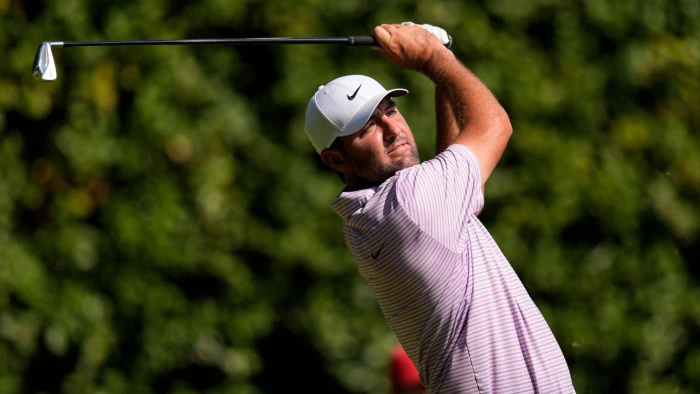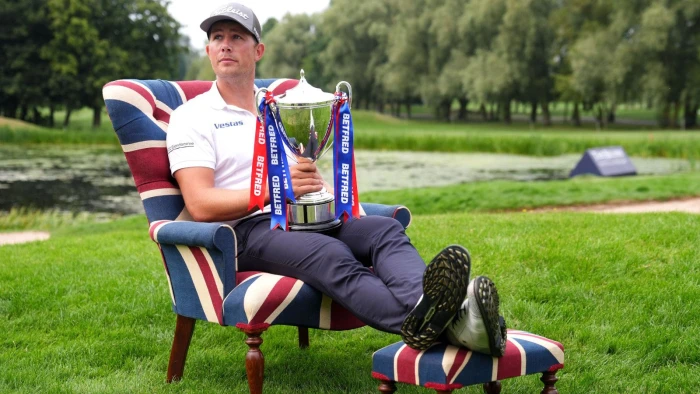Rory McIlroy, Jon Rahm, Brooks Koepka and Justin Thomas on what it takes to win the US Open

Jon Rahm Rory McIlroy Books Koepka
The leading contenders at the year’s third Major Championship also discuss the distinct challenge of host course, The Country Club in Brookline.
Brooks Koepka and the US Open test: they go together like Alan Turing and Enigma.
Where most are befuddled and bewildered, Koepka has cracked the code.
True, the American made a bit of a mess of his championship debut in 2012, carding a pair of 77s to miss the cut.
But since turning professional the 32-year-old has teed it up seven times, always recorded a top 20 finish, and five times finished in the top five.
In 2017 and 2018 he became just the third golfer since the Second World War to win the tournament back-to-back and, even when apparently out of form in 2019 and 2021, he finished second and fourth.
Cue the goosebumps. #USOpen week is here! pic.twitter.com/xoi5KOgVbL
— U.S. Open (USGA) (@usopengolf) June 13, 2022
So, what does it take to win a US Open? Let's see what Koepka, last week's RBC Canadian Open victor Rory McIlroy, last month's PGA Championship winner Justin Thomas and the defending champion Jon Rahm had to say.
Discipline
Ever wonder what it's like to play a practice round at the #USOpen?
— U.S. Open (USGA) (@usopengolf) June 14, 2022
Follow @Kevin_Chappell as he learns the ins and outs of The Country Club. pic.twitter.com/vZiyNycVKM
Avoid multiple mistakes on individual holes
Endure
Don't burn yourself out
Specific Brookline challenges
The crowds
The nature of the course
Off the Tee
Approach shots
One of the biggest reasons why The Country Club still packs a punch to this day are its small greens.@JordanSpieth explains to @ScottWalkeronTV why precision, always critical in a #USOpen, is even more important this week.
— U.S. Open (USGA) (@usopengolf) June 13, 2022
Course Insights are in collaboration with @DeloitteUS. pic.twitter.com/QH5Mg2hozA

